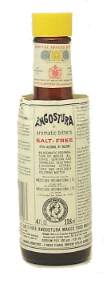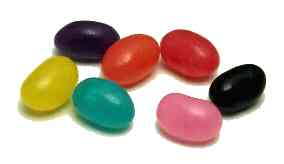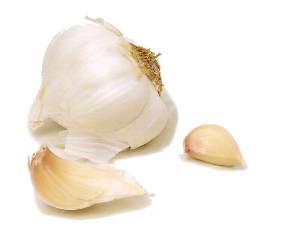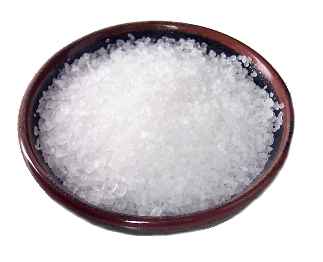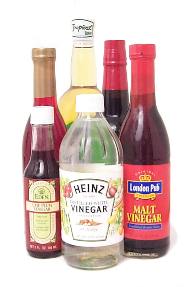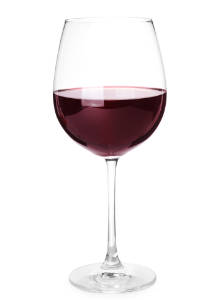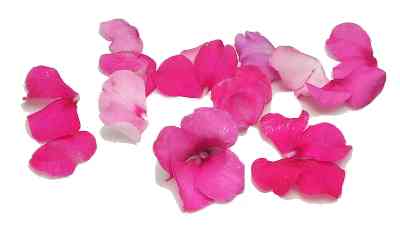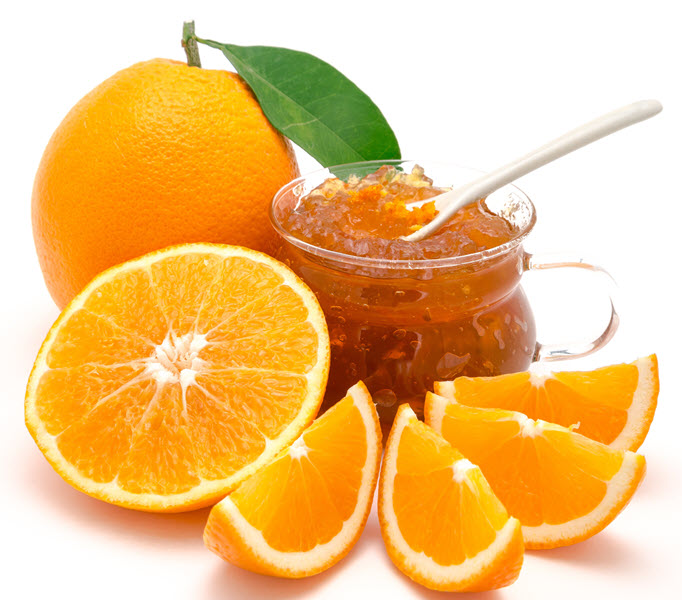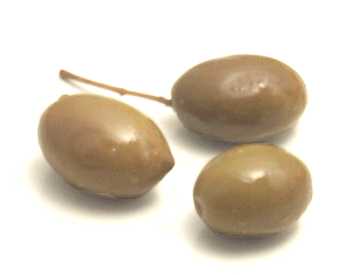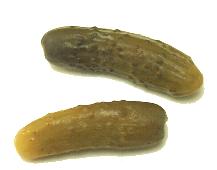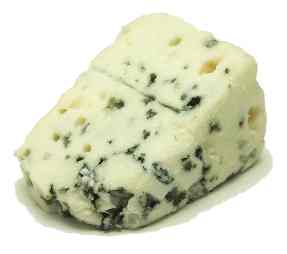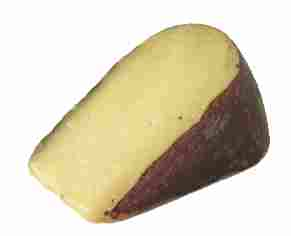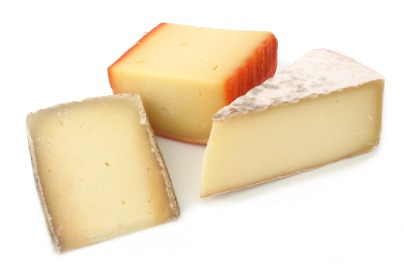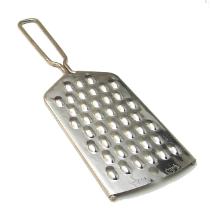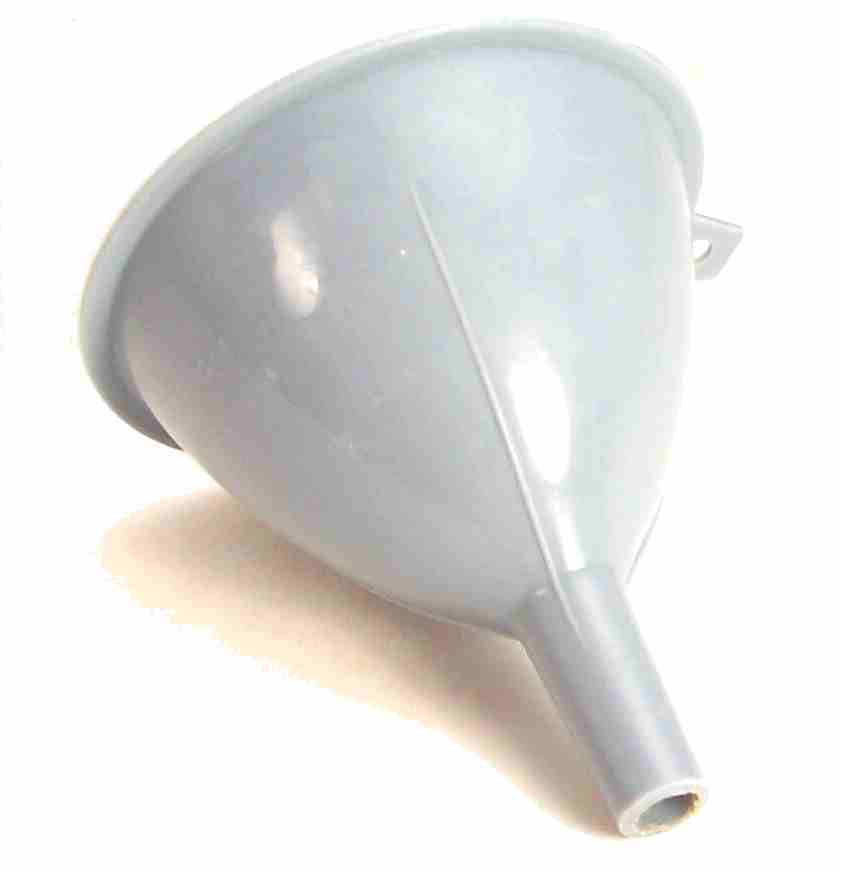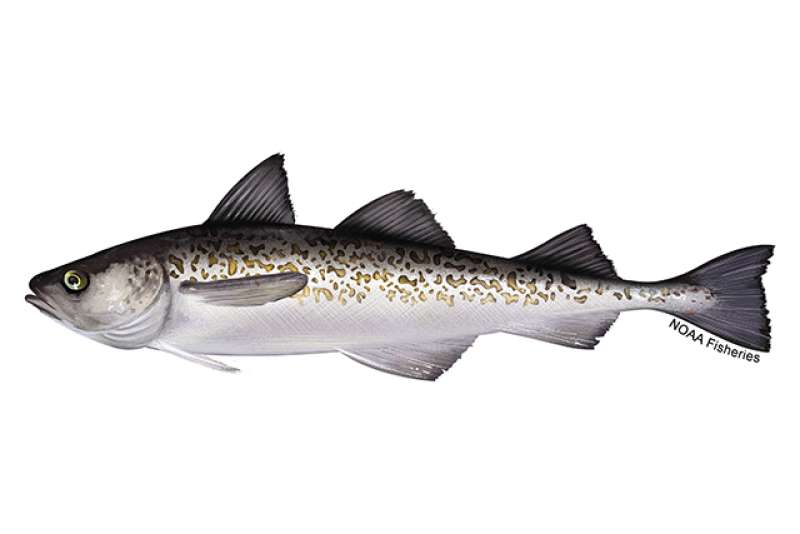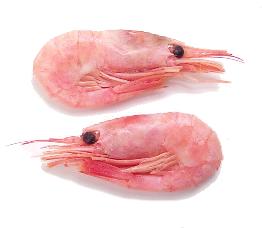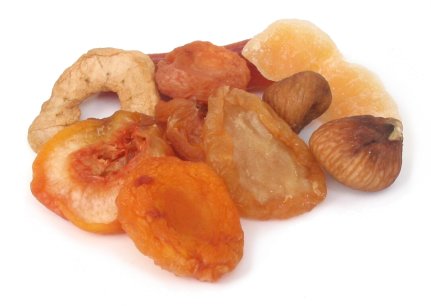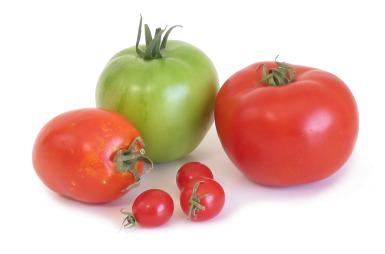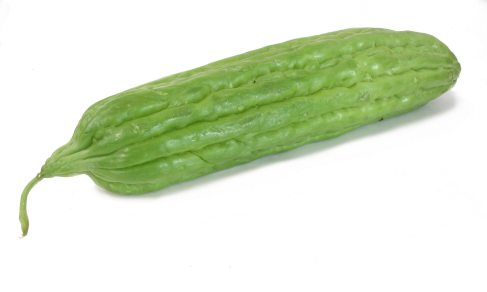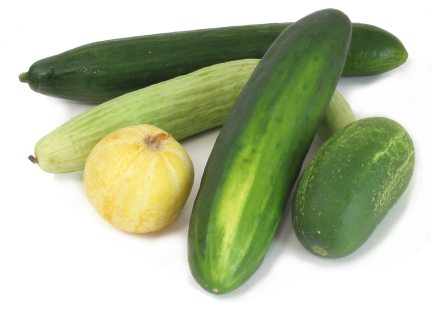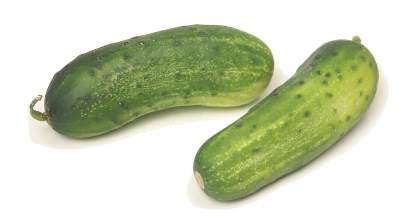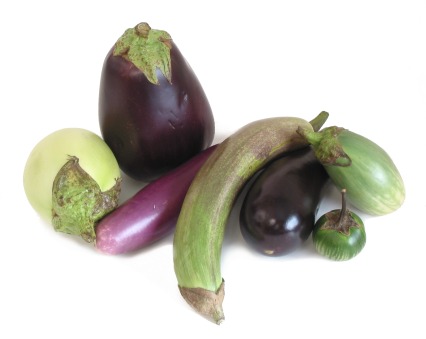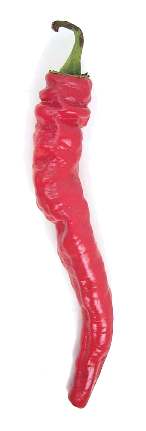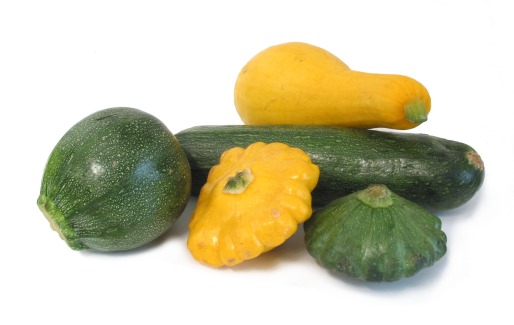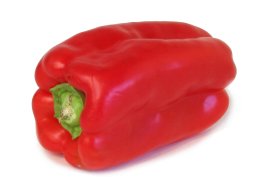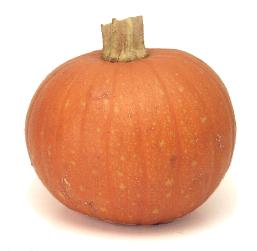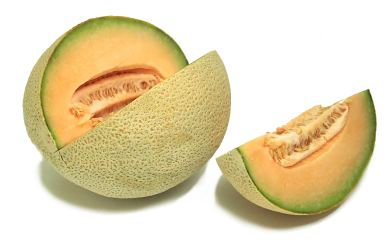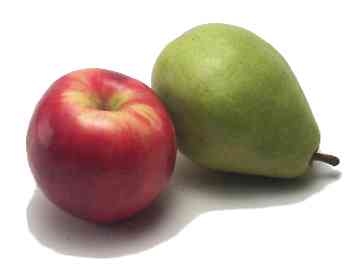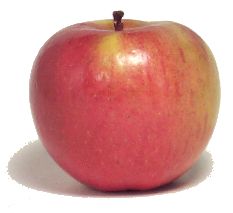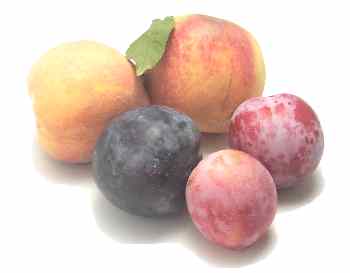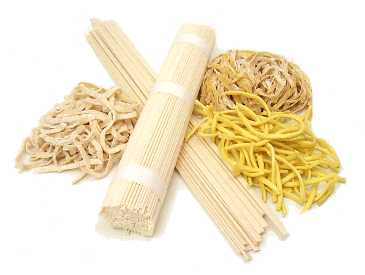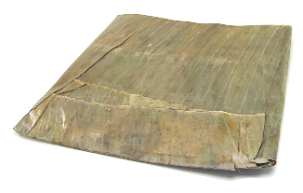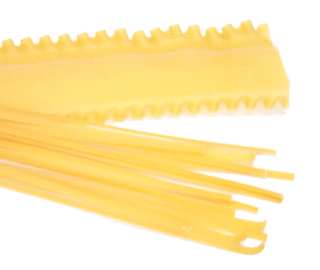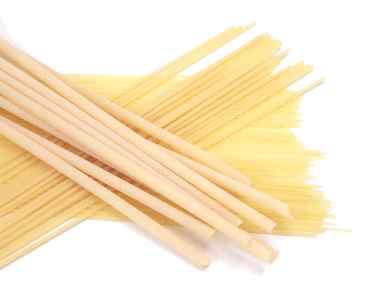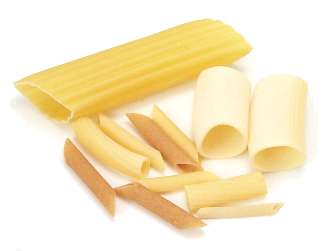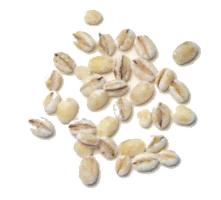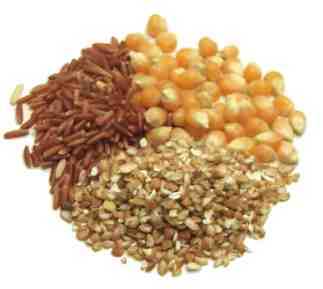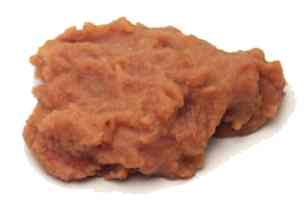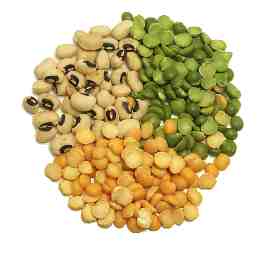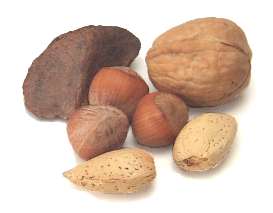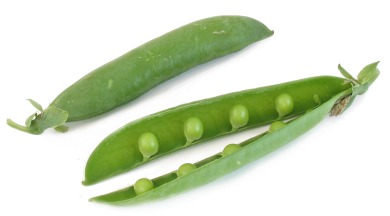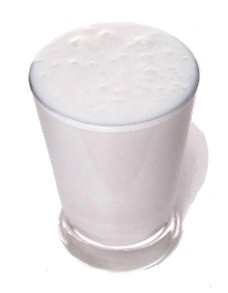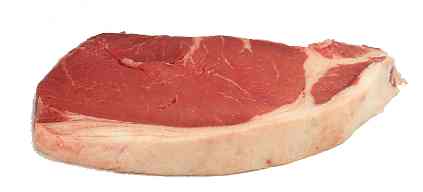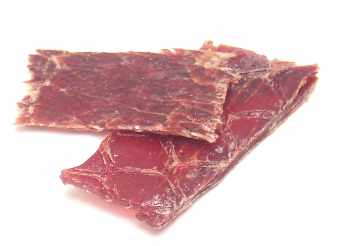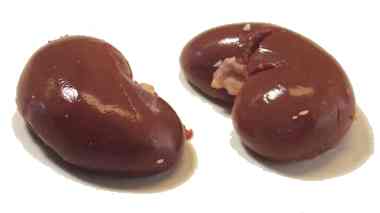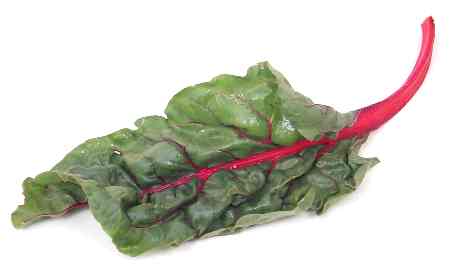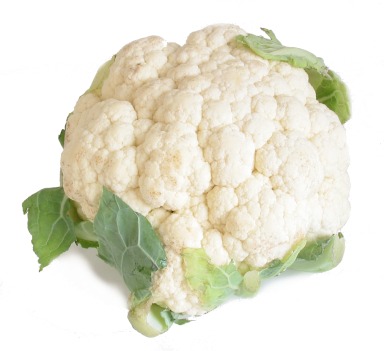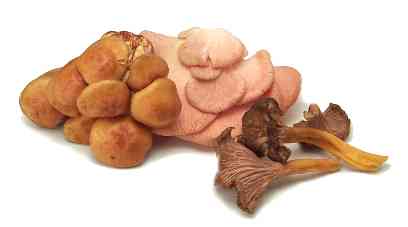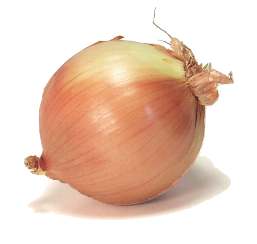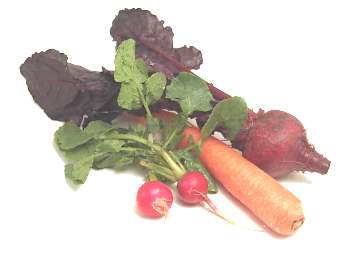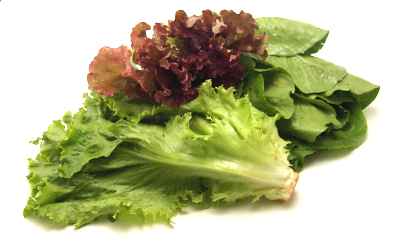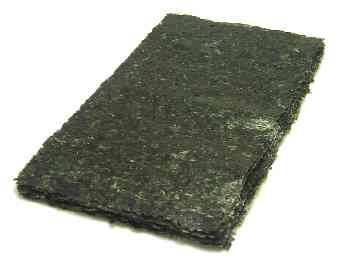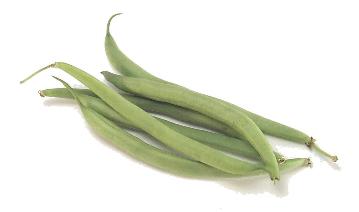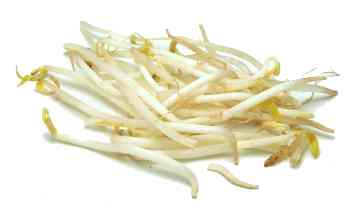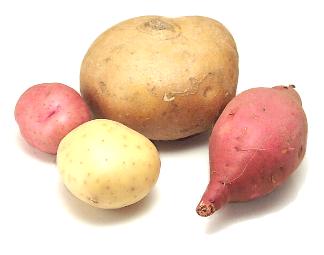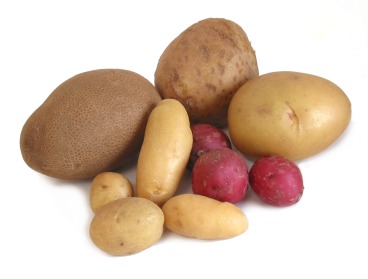Flavorings Category
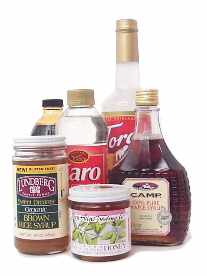
Includes sweeteners, herbs, spices, chocolate, and extracts.
unsweetened chocolate
What kid hasn't sneaked a bar of this out of the kitchen, only to discover that unadulterated chocolate is bitter and unpalatable. Some cooks prefer to use it over sweetened chocolate because it gives them better control of the sweetness and flavor of the product.
Learn moreurfa biber
This is a dried ground chili pepper used in Turkey on meat dishes. It is medium spicy and has a smoky flavor.
Learn moreV-8 Juice
To make your own: See the Mitch's V-6 Vegetable Juice Cocktail Recipe posted on Fabulousfoods.com.
Learn morevanilla bean
Vanilla is used to flavor everything from baked goods to ice cream. Most recipes call for vanilla extract, but some argue that vanilla beans lend a more potent flavor. Select beans that are shiny, moist, and pliable--dried out beans aren't nearly as potent. If a recipe calls for just for the seeds, split the bean open and scrape the seeds out, and save the outer pod to flavor sugar or hot drinks.
Learn morevanilla essence
This has two meanings. In Britain, vanilla essence is the same as America's imitation vanilla extract. Elsewhere, vanilla essence may mean a highly concentrated and pricey form of pure vanilla extract.
Learn morevanilla extract
Vanilla extract is made from vanilla beans that have been steeped in alcohol. It's widely used throughout the world to flavor desserts, like baked goods, ice cream, beverages, and custards, but some chefs use it as a secret ingredient in savory dishes as well. Pure extracts made with vanilla from the Bourbon Islands, which include Madagascar, is especially well-regarded. Mexican vanilla extract is also excellent, and even more potent, but it's sometimes adulterated with a dangerous food additive that's banned by the FDA. Look for vanilla extract among the baking supplies in your supermarket.
Learn morevanilla extract, imitation
This inexpensive substitute for pure vanilla extract is made with synthetic vanillin and other flavorings. Many brands are quite good, since chemists know how to produce an exact copy of natural vanillin, the dominant flavor in vanilla. The problem is that vanillin isn't the only flavor component in vanilla, so even the best imitation vanilla extracts aren't quite as full-flavored and complex as the real deal. Food gurus are always saying that cooks should never, ever use imitation vanilla extract, but at least one taste test has shown that many people prefer a high quality imitation vanilla extract to pure extract. Avoid imitation vanilla from Mexico--it may contain a toxic food additive.
Learn morevanilla powder
This alcohol-free powder is made from vanilla beans that have been dried and pulverized. Unlike vanilla extract, it doesn't evaporate when heated, so it's well suited to making custards and other cooked desserts. It's also good for making dry mixes and for sprinkling onto drinks and dishes. Some brands have sweeteners added. Look for it in larger supermarkets and specialty shops.
Learn morevarak
Indians use these ultra-thin sheets of gold leaf to decorate dishes. Look for it in Indian groceries and cake decorating stores.
Learn moreverjus
A medieval ingredient that's making a comeback, verjus is a sour juice made from unripened red or white grapes. Vinegars in salad dressings sometimes create off-tastes in the wines that accompany a meal. Verjus doesn't, so it's a good substitute for vinegar if you're planning to serve an expensive wine with dinner. Some people also mix it with sparkling water and ice to make a sophisticated non-alcoholic drink.After the bottle is opened, store verjus in the refrigerator, where it will keep for about a month. If you can't use it that fast, pour it into ice cube trays, freeze, then store the cubes in a plastic bag in the freezer. Though becoming more popular, verjus is still hard to find. Look for it in gourmet specialty shops.
Learn morevermouth
This is a fortified wine that's heavily flavored with sugar, herbs, roots, flowers, and spices. It's sometimes served as an apéritif, but it's better known as a key ingredient in many cocktails, including martinis and Manhattans. It's also used to perk up sauces, especially those that accompany seafood. There are two main types: dry vermouth and sweet vermouth. Noilly Prat and Martini & Rossi are well-respected brands.
Learn moreViognier
This assertive white wine from California exudes a complex perfume of flowers and fruit. It's expensive and hard to find, but it's delicious with seafood and poultry.
Learn morewatermelon seeds
These are much larger than the black watermelon seeds that we're familiar with. They're usually cracked open and eaten like sunflower seeds. Look for them in Middle Eastern markets.
Learn morewhite chocolate
Like milk chocolate, this is made of cocoa butter, sugar, milk, and vanilla. The only difference is that white chocolate doesn't have any cocoa solids. Since the FDA won't let American producers label a product "chocolate" unless it has those cocoa solids, domestic white chocolate is known by a hodge-podge of different names. White chocolate scorches easily, so cook it gently. Bars and wafers usually taste better than chips. Avoid white chocolate that's made with vegetable oil instead of cocoa butter--it's cheaper but not nearly as good.
Learn morewhite chocolate chips
These are used to make white chocolate chip cookies. They contain less cocoa butter than ordinary white chocolate, so it's harder to melt them.
Learn morewhite poppy seeds
Indian cooks use these as a thickener in their curries and as a filling in baked goods.
Learn morewhite rice vinegar
This Asian vinegar is milder and sweeter than Western vinegars. It's used in Japan to make sushi rice and salads, and in China to flavor stir-fries and soups. Western cooks often use it to flavor delicate chicken or fish dishes, or to dress salads or vegetables. Japanese brands tend to be milder than Chinese, but they can be used interchangeably.
Learn morewhite vinegar
This cheap vinegar gets all the mundane jobs, like making pickles, cleaning out coffee pots, and washing windows. Distilled from ethyl alcohol, it's a bit too harsh for most recipes, but it does a great job with pickles. Be careful if you're substituting another vinegar in a pickle recipe--to adequately preserve, vinegar should have an acidity level of at least 5%.
Learn morewhite wine
White wines are more delicate than red wines and are always served chilled. Dry (i.e., not sweet) white wines include Chardonnay, Chablis, and Sauvignon Blanc. These are normally served with fish, poultry, veal, blue cheeses, and anything with a cream sauce. Sweeter white wines are often described as "fruity" and include Gewürztraminer, Johannisberg Riesling, and Chenin Blanc. These are good with spicy foods, fruit, and desserts.
Learn morewhite wine vinegar
This is a moderately tangy vinegar that French cooks use to make Hollandaise and Béarnaise sauces, vinaigrettes, soups, and stews. It's also an excellent base for homemade fruit or herb vinegars.
Learn morewhite Zinfandel
This is the most popular blush wine, and it goes well with pork, poultry, and spicy dishes. It's not at all like ordinary Zinfandel, a dry red wine.
Learn morewine essence
This is wine that's been reduced to a syrup, which de-alcoholizes it and allows it to be stored for a longer period of time. Professional chefs sometimes make this to use up half-empty bottles of wine that would otherwise go bad in a few days. The syrup can be used in sauces or other dishes that call for wine.
Learn morewine vinegar
Wine vinegars are milder and less acidic than cider or white distilled vinegar, so they're a good choice for salad dressings, sauces, and marinades. There are several varieties, ranging from mild champagne vinegar to the tangy white and red wine vinegars to the dark and assertive balsamic and sherry vinegars. The milder vinegars go best with more delicate dishes, like salads, which stronger ones are best for deglazing pans, marinating meats, and adding tang to sauces. Rice vinegar, though it's sometimes called rice wine vinegar, is made from fermented rice, not rice wine.
Learn morewinter savory
This perennial herb has a stronger flavor than its annual relative, summer savory.
Learn moreWorcestershire sauce
Health foods sell a vegetarian version of this. To make your own: See the recipe for Worcestershire Sauce posted on RecipeSource.com.
Learn moreX.O. sauce
Asians pour this sauce over noodles and seafood. It's made from dried anchovies, shrimp, and chiles.
Learn moreyellow Chinese chives
These are Chinese chives that have been shielded from the sun in order to stifle the production of chlorophyll. Use them just like ordinary Chinese chives.
Learn more
